Harvest Machines!
Fall is harvest time! Let 's explore some machines that make harvest happen.
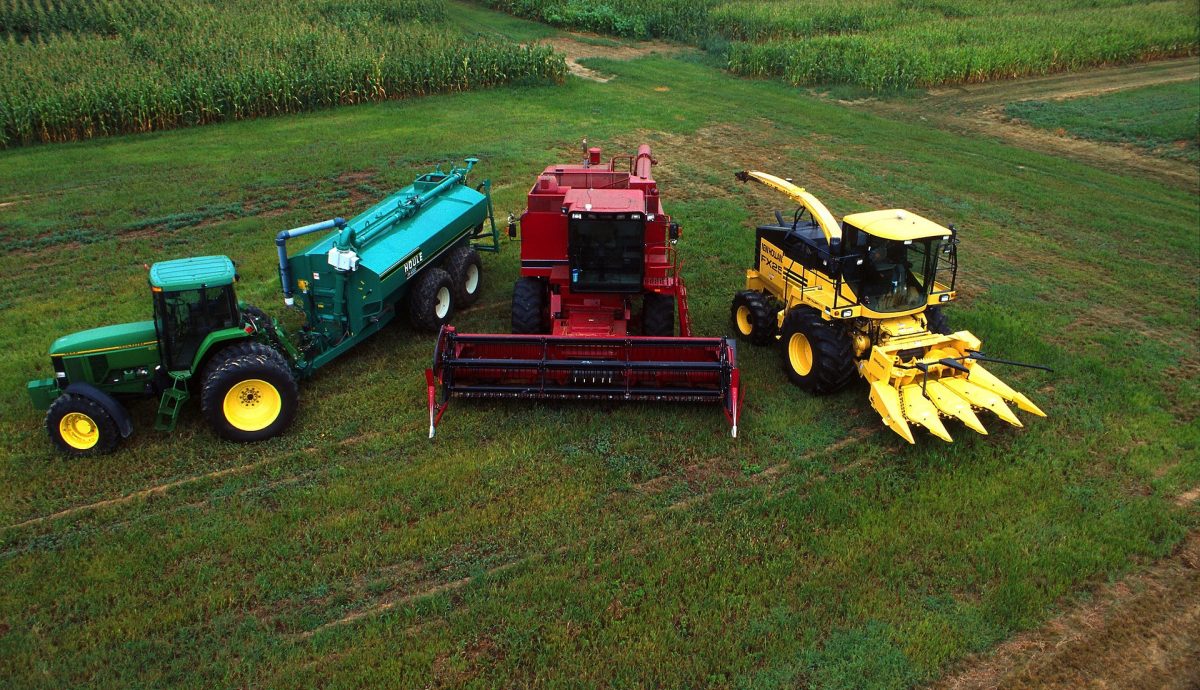
Fall is harvest time! Let’s explore some machines that make harvest happen.
First, we have a combine harvester!
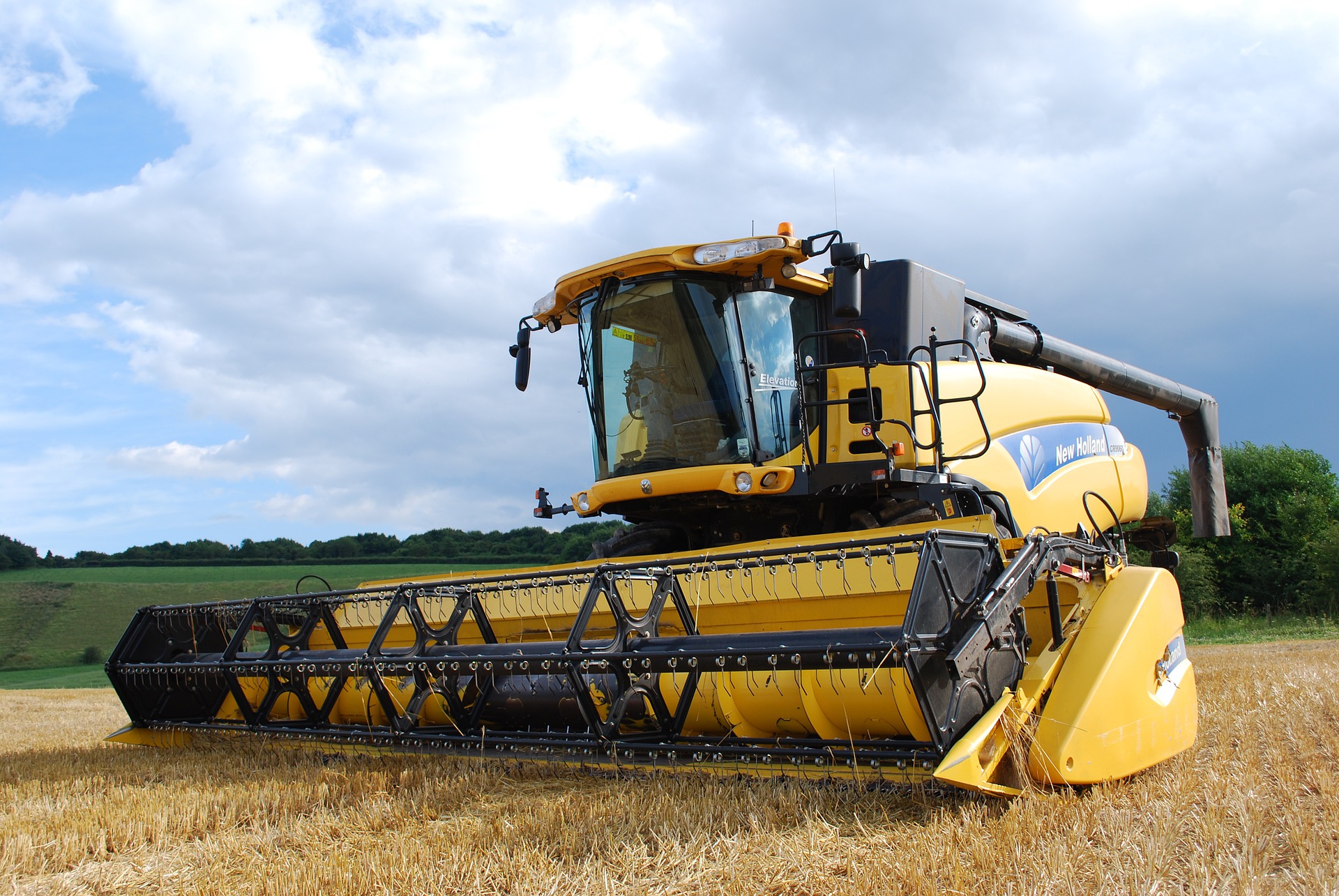
Fun Fact! This harvesting machine gets its name from being able to perform three functions at once — it cuts and gathers the crop, separates the edible parts of a crop such as the grain from the inedible stalks, and moves the unwanted stalks and husks away from the grains. Combine harvesters also have a straw chopper where residue is chopped into smaller pieces as it exits the back of the machine and is spread across the field behind the moving combine. This straw can also be baled for the use of animal bedding.
Combines are great for harvest season because they are a quick and efficient way to harvest crops including cereals such as wheat, barley, corn, oats, rice, rye, as well as several non-grain crops, like flax, rapeseed, soybeans, and sunflower seeds.
The next harvest machine is the tractor!
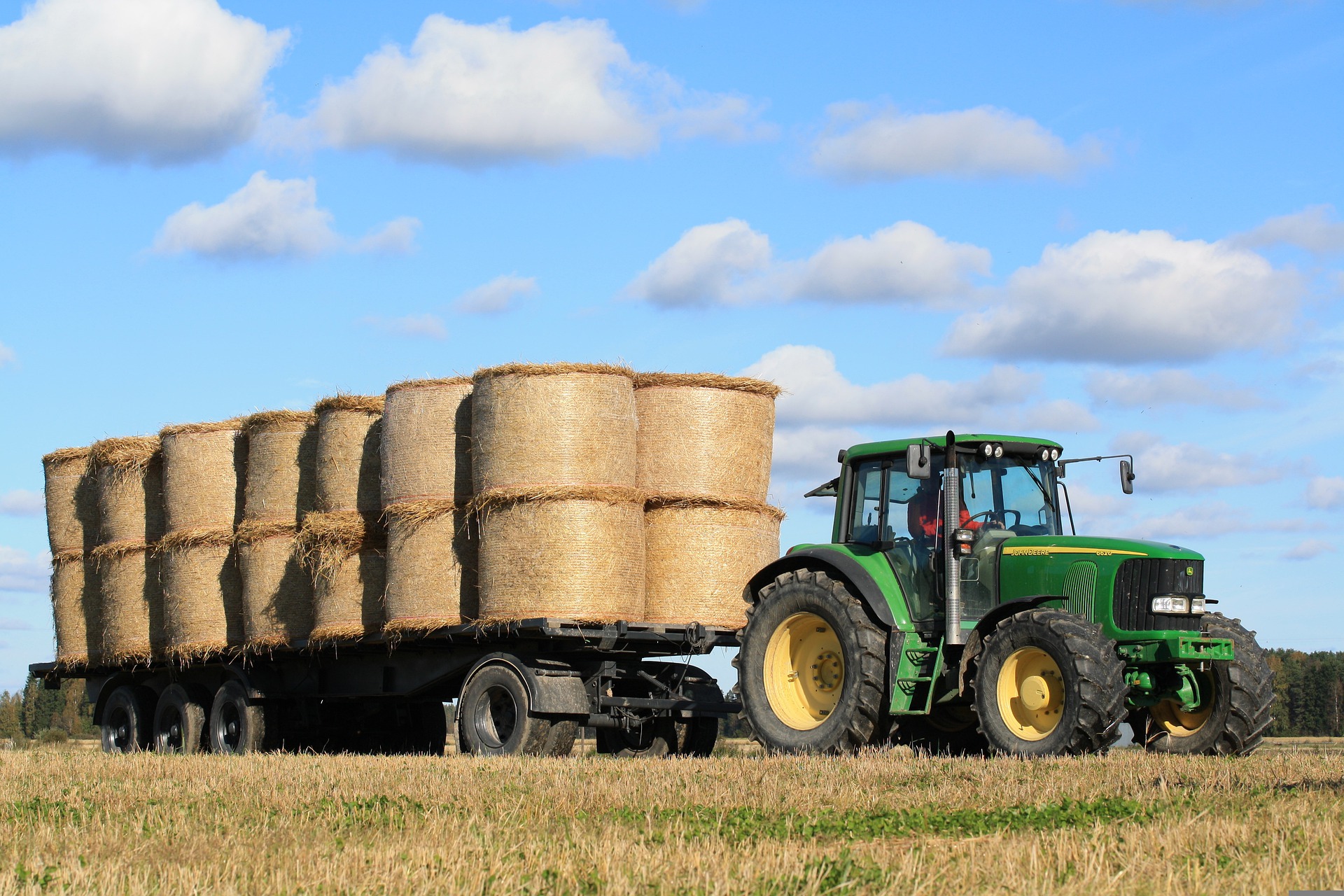
Tractors come in different sizes and power ranges and can even have equipment attached to them as shown above. Some tractors have a sprayer that helps farmers do things like water crops and apply fertilizers.
There are also utility tractors that are best suited for farmers to perform their everyday tasks including carrying big and heavy loads like moving bales onto trailers.
Did you know that tractors were invented to replace working animals like horses who were historically known to pull carts and plows since ancient times? Big tractors are used to perform tasks such as plowing, planting, cultivating, fertilizing, harvesting crops and moving hay to feed animals. In addition to hauling things, they can also be used as personal transportation, especially across large farms and fields.
Another significant harvest machine is the hay baler!
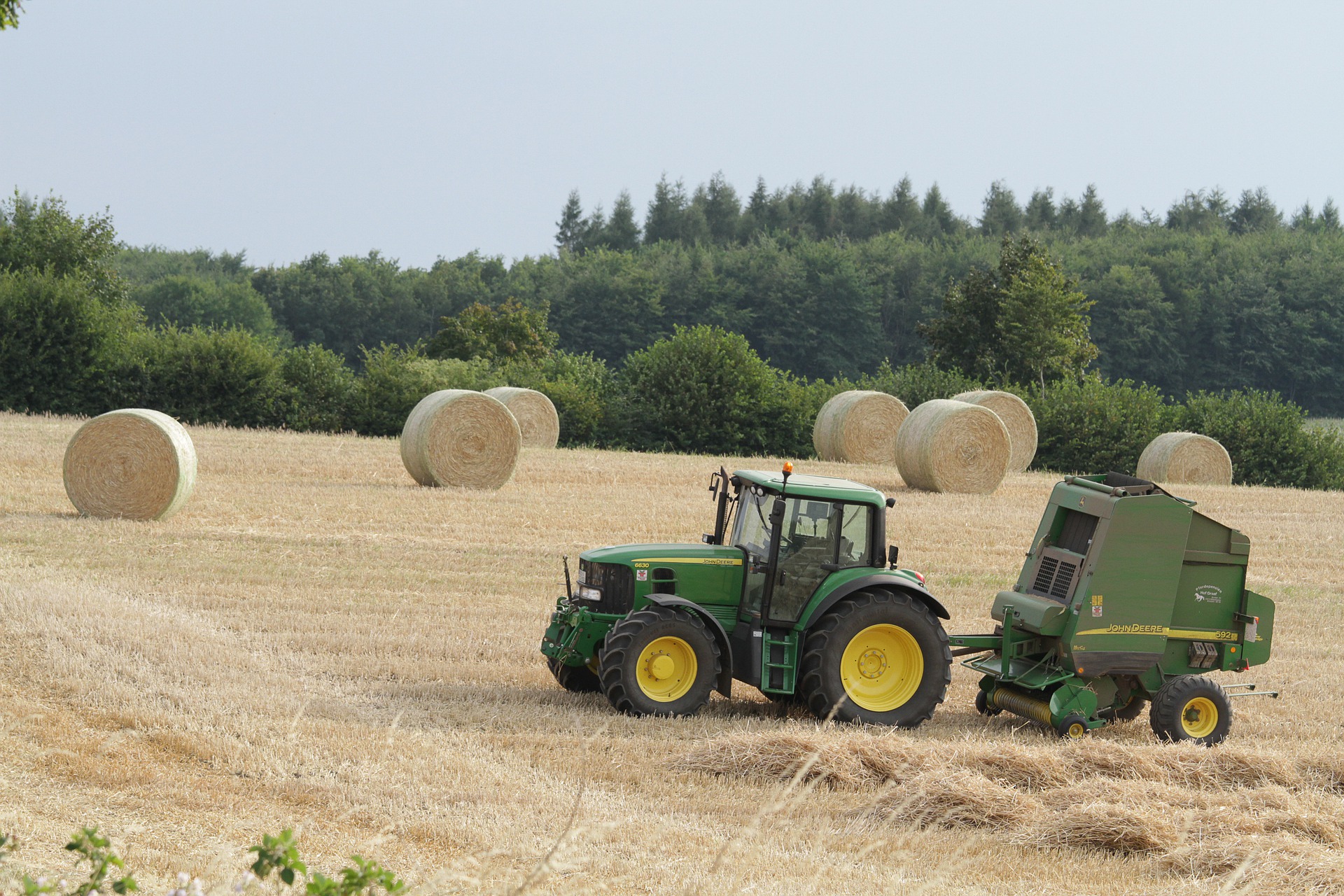
A hay baler is a farm machine used to compress a cut and raked crop into compact square or round bales that are easier to handle, transport, store and/or sell. In addition to hay, some other crops that are baled include cotton, flax, straw, salt marsh hay, or silage.
Here is how it works:
- Collect the already cut and raked hay.
- Feed the hay into the baler chamber.
- Once the desired compression is reached, the baled material is bound/wrapped.
- The bale is then expelled through a chute.
Balers are helpful because without them, the process would be a lot more labor-intensive. For example, some models can do cool things like wrap bales in plastic for forage. The advantages of this are a reduction in drying time, better leaf retention compared to dry hay, no storage structures needed, and a reduction in weather risk. Lastly, balers are also used to ensure that baled crops retain more nutrients for later use.
Pickup trucks are also useful machinery for harvesting!
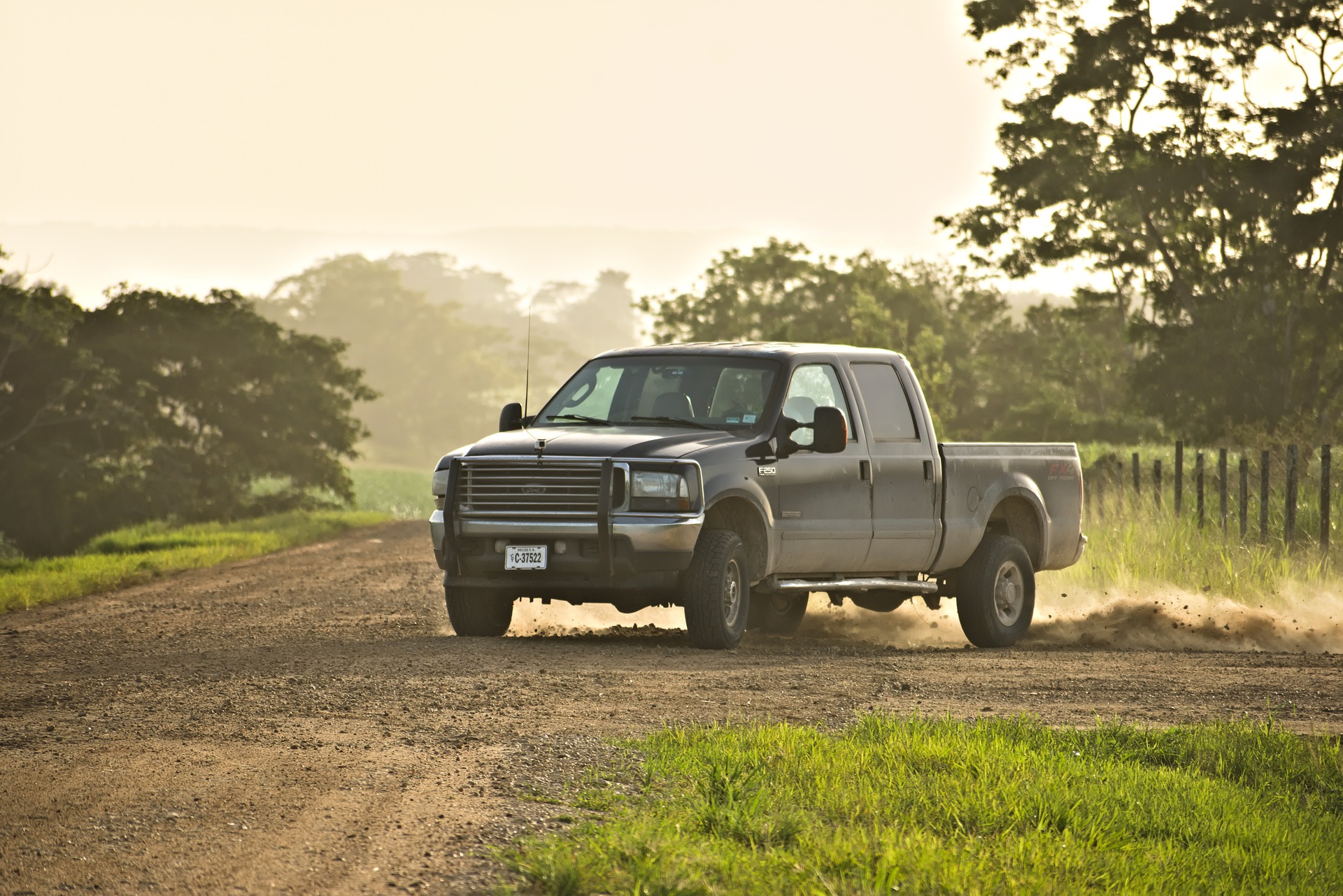
The load-bay on a pickup truck has many uses for farming tasks and the durable build of these vehicles makes them suitable for farm work. More specifically, pickup trucks are used on farms to carry harvested crops, haul livestock trailers, transport small loads of feed for animals, transport equipment to various locations on the farm, and carry animals to different sites on the property.
A pickup truck can also be used to move small trailers to storage, load lumber, and carry tools and supplies around the farm. Pickups also have four-wheel-drive which means they can withstand snowy, wet, or muddy weather because, despite weather conditions, farmers still must complete their chores! In addition to cheap transport, an advantage of having a pickup truck is that it's legal to drive it on public roads, unlike many other farm vehicles.
Finally, Semi-trucks are great vehicles for harvest season!
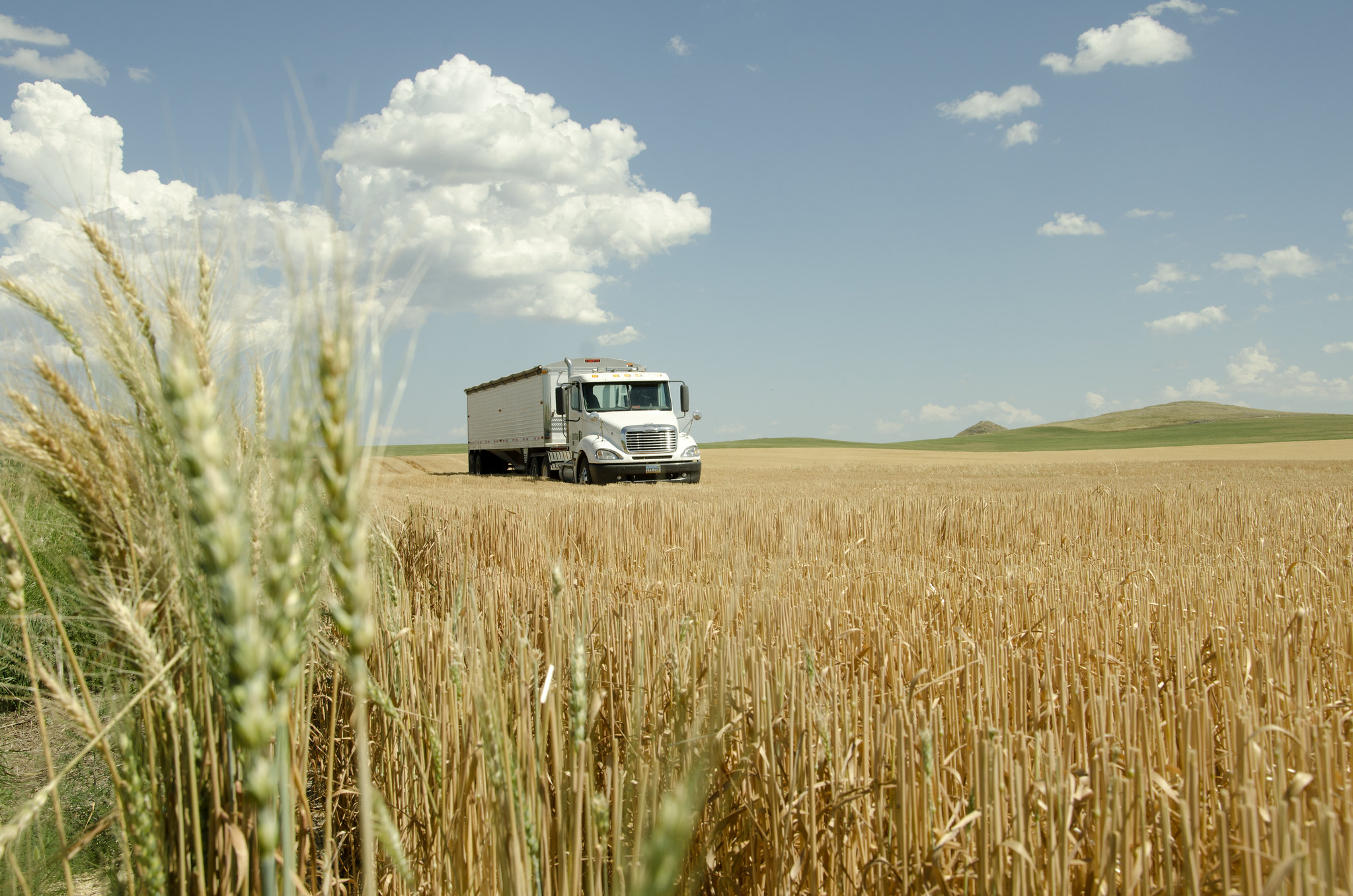
Semi-trucks travel everywhere from farms, county highways, and interstate roads to carry large trailers and freight. While there are a wide variety of trailers, the grain hopper trailer and livestock haulers are great examples of farming-related machines.
The grain hopper trailer is used to transport bulk commodity products like grain. It is made for long-distance transport, and it features a rolling tarp on the top of the trailer to allow for the grain to be loaded from the top, then the tarp rolls across the top to cover the grain before it is transported. The grain is unloaded through the base of the trailer using two hoppers controlled by a sliding plate and crank handle. The livestock hauler is responsible for getting livestock to their destination safely with trailers that are specific to the livestock type that it’s hauling.
Ultimately, semi-trucks are helpful for harvesting because they can carry thousands of pounds at once. Also, its ability to travel long distances is beneficial for transporting hay bales, stock, and agricultural goods to their destinations.
Want to learn more about farm machines? Here are some resources:
Big Tractors (with Casey & Friends)
My American Farm game "Equipment Engineer"
Bonus: learn more about harvesting in this blog post from 2020!



